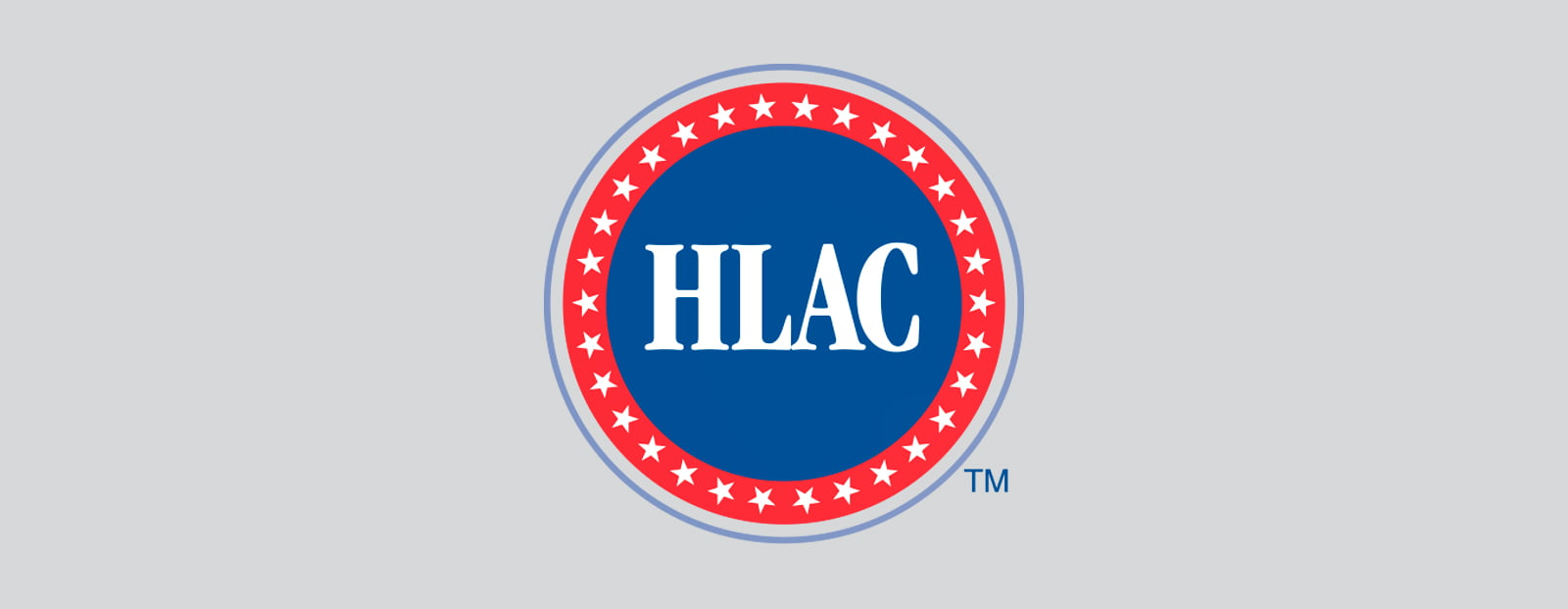HLAC: Latest Report Linking ‘Dirty Laundry’ with C. difficile Redoubles Need for Heightened Awareness of Healthcare Laundry Facility’s Role in Infection Prevention, Patient Safety
The Healthcare Laundry Accreditation Council (HLAC) is calling for a heightened awareness and increased understanding of the role of the healthcare laundry facility in infection prevention and patient safety. This, in the wake of a newly published report in FEMS Microbiology Letters that suggests “dirty laundry” may be a source of surface Clostridium difficile (C. difficile) contamination.
“The message of this study is clear: The healthcare laundry needs to be part of any infection prevention strategy,” said Joan Blanchard, MSS, BSN, RN, CNOR, CIC, an Infection Preventionist on the HLAC Board of Directors. HLAC is a nonprofit organization that inspects and accredits laundries worldwide that process reusable textiles for hospitals, nursing homes and other healthcare facilities.
The report, resulting from an investigation of a laundry facility that services several Seattle-area hospitals, determined if C. difficile, a hospital and community-acquired pathogen, could be cultured from clinical laundry facility surfaces. From 240 surface samples collected from the laundry facility, the samples that tested positive were in areas where dirty linens are handled: the receiving area, the primary sort area, the secondary sort area, and the customer-owned goods area.
“This research supports the idea that it’s possible for the soiled hospital linens to contaminate the environment with C. difficile, which is the No. 1 cause of hospital-associated diarrhea,” said study author Marilyn Roberts, PhD, in an Oxford University Press-issued news release. “It’s also extremely hard to remove from the environment. Due to this contamination, laundry facilities should be considered an extension of the healthcare environment when considering infection prevention and occupational health.”
HLAC’s Blanchard noted that the study’s investigated laundry facility is not an HLAC-accredited laundry. “HLAC Accreditation Standards cover the complete textile processing cycle: from handling and transporting to laundering and finishing to customer service. And to prevent the spread of C. diff in other areas, our standards include additional guidelines, for example in the use of personal protective equipment when handling contaminated and soiled textiles. We have to wonder what the results might’ve been in this study had the investigated laundry been HLAC accredited.”
Blanchard said visiting a potential healthcare laundry is a must for professionals charged with ensuring the safety of hospital staff and patients.
“Such visits should include relevant representatives from environmental services and infection prevention,” she said. “The purpose of visits is to ensure that the processes used by the healthcare laundry are safe and supported by research, which HLAC-accredited laundries are. Utilizing HLAC’s Standards Checklist (available at www.hlacnet.org) as a guideline during these visits ensures that a thorough overview of the laundry process is accomplished.”
